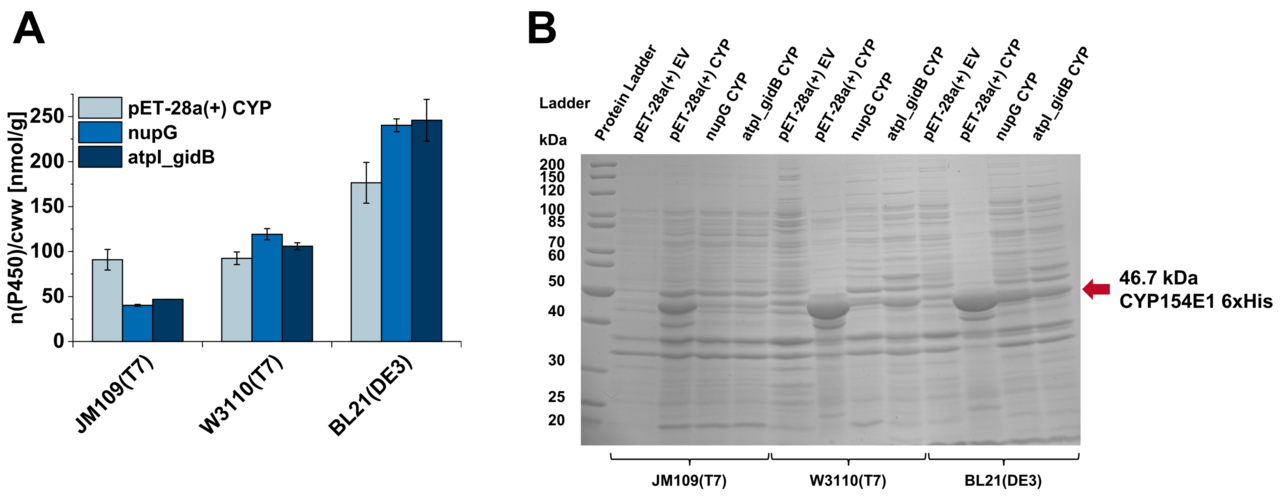Chromosomal integration can be regarded as the final step after successful optimization of biocatalysts by mutagenesis to a stable and antibiotic-free expression and biotransformation. Scientists from our group together with Li Shengying from Shandong University, China investigated the effect of chromosomal integration of three genes coding for a multi-component P450 system on catalytic performance of recombinant Escherichia coli cells and demonstrated that this system was more effective than the corresponding episomal one. The publication recently appeared in Biotechnology and Bioengineering. Below you can read the abstract. The link to the whole publication can be found in the reference at the bottom.
"Cytochromes P450 are useful biocatalysts in synthetic chemistry and important bio-bricks in synthetic biology. Almost all bacterial P450s require separate redox partners for their activity, which are often expressed in recombinant Escherichia coli using multiple plasmids. However, the application of CRISPR/Cas recombineering facilitated chromosomal integration of heterologous genes which enables more stable and tunable expression of multi-component P450 systems for whole-cell biotransformations. Herein, we compared three E. coli strains W3110, JM109, and BL21(DE3) harboring three heterologous genes encoding a P450 and two redox partners either on plasmids or after chromosomal integration in two genomic loci. Both loci proved to be reliable and comparable for the model regio- and stereoselective two-step oxidation of (S)-ketamine. Furthermore, the CRISPR/Cas-assisted integration of the T7 RNA polymerase gene enabled an easy extension of T7 expression strains. Higher titers of soluble active P450 were achieved in E. coli harboring a single chromosomal copy of the P450 gene compared to E. coli carrying a medium copy pET plasmid. In addition, improved expression of both redox partners after chromosomal integration resulted in up to 80% higher (S)-ketamine conversion and more than fourfold increase in total turnover numbers."
Luelf UJ, Böhmer LM, Li S, Urlacher VB, 2023, Effect of chromosomal integration on catalytic performance of a multi-component P450 system in Escherichia coli, Biotechnology and Bioengineering, 1–11, https://doi.org/10.1002/bit.28404
© 2023 The Authors. Biotechnology and Bioengineering published by Wiley Periodicals LLC. This is an open access article under the terms of the Creative Commons Attribution-NonCommercial-NoDerivs License, which permits use and distribution in any medium, provided the original work is properly cited, the use is non-commercial and no modifications or adaptations are made.



